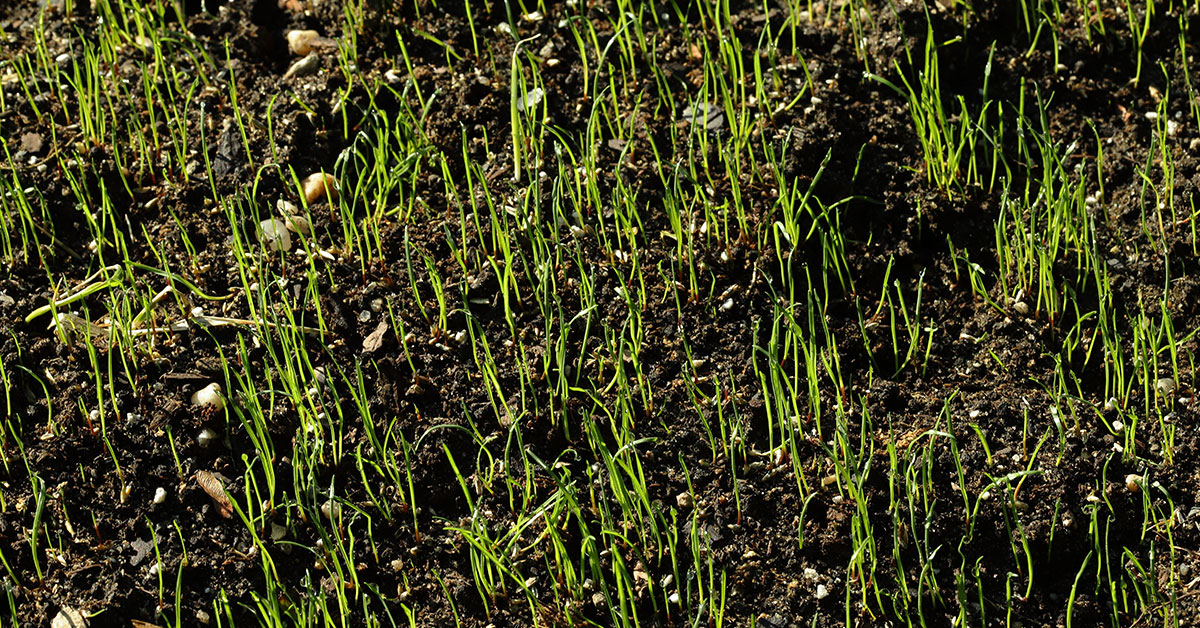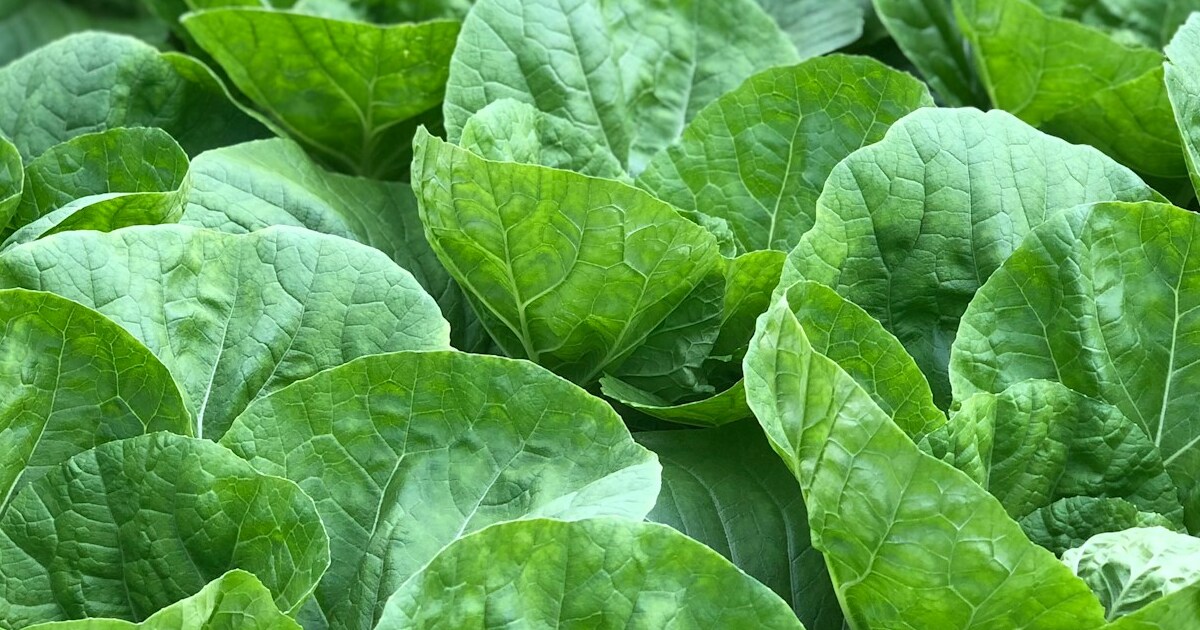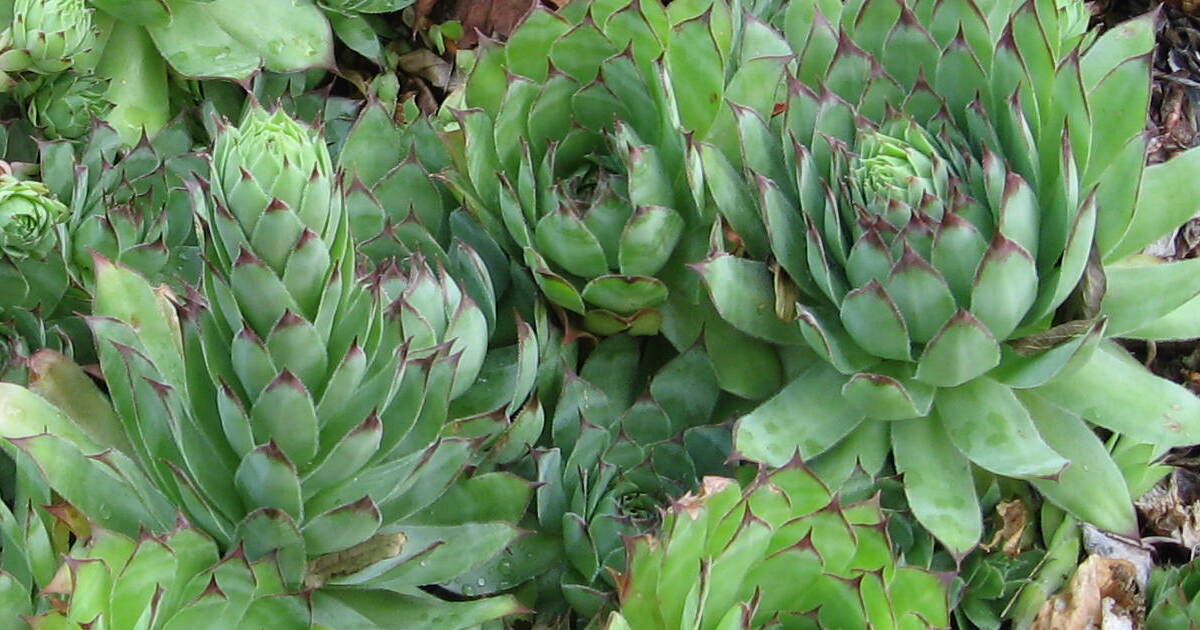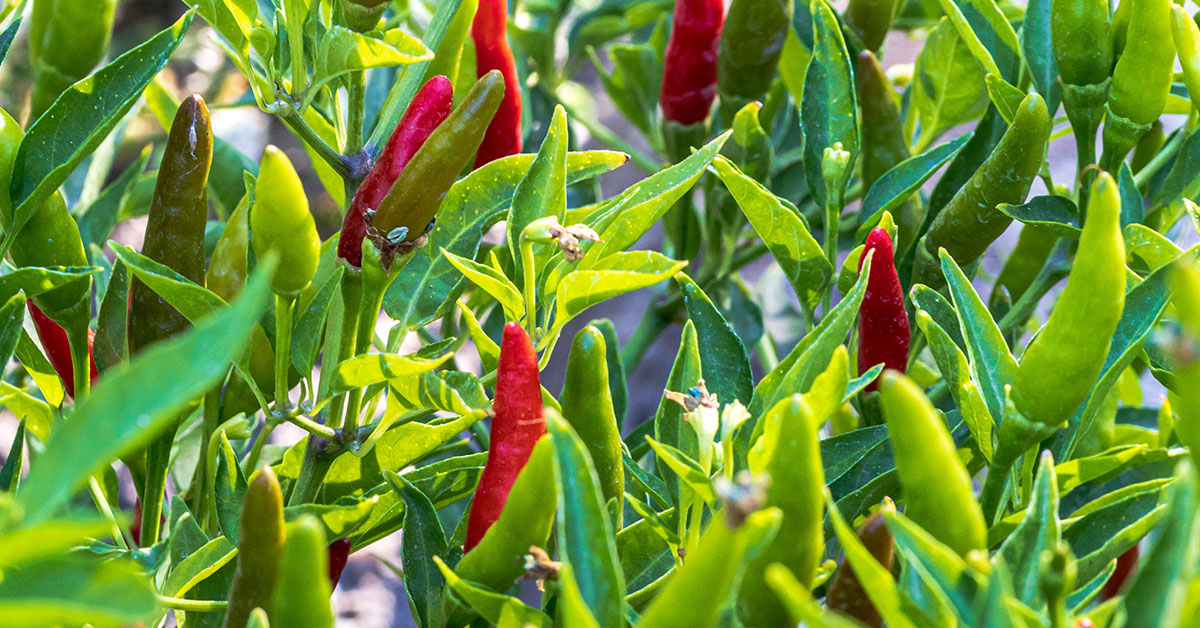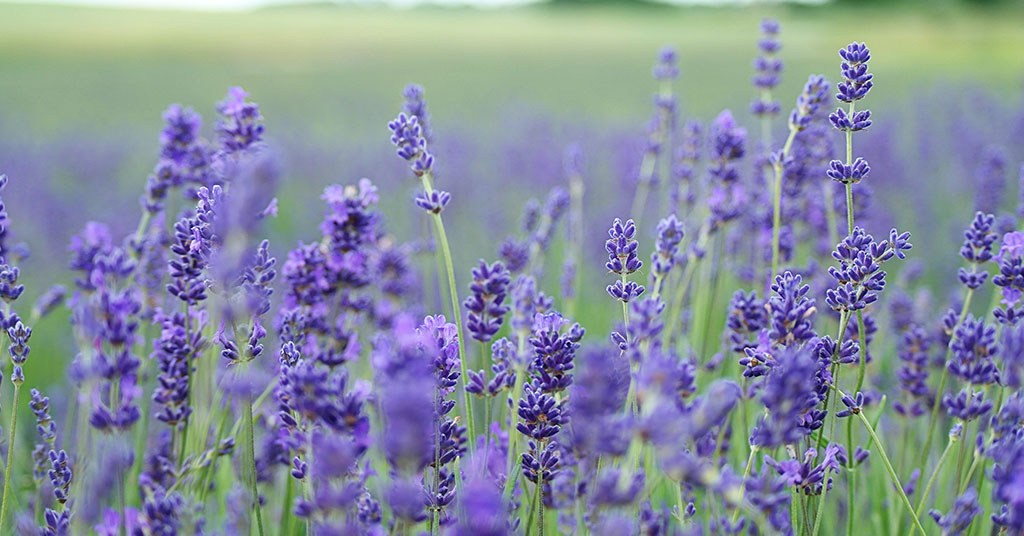Timing is very important when planting grass seed in Maine. Planting should take place in late summer or early fall when temperatures are cooler.
This allows the seed to germinate more quickly and helps establish a strong root system before winter arrives.
Additionally, planting in late summer or early fall helps ensure the grass will be well established before the harsh winter weather sets in. If you wait until spring to plant, the seed may not have enough time to germinate before the cold winter temperatures arrive.
Picking the right type of grass
Selecting the right variety of grass in Maine is crucial for the health and maintenance of your lawn. Different grasses thrive in different environments, and selecting a variety that is not suited to your climate or soil conditions can result in a lawn that looks patchy, unhealthy, or even dies off.
Choosing the right grass variety can help your lawn look beautiful and healthy, reduce the amount of water and fertilizer needed for maintenance, and even resist diseases and pests. So take the time to research and select the best grass variety for your specific environment, and your lawn will thank you.
- Kentucky Bluegrass – Ideal for cool weather and full sun. Requires moderate watering and maintenance.
- Bermuda Grass – Thrives in hot weather and full sun. Requires minimal watering and is drought-tolerant.
- Zoysia Grass – Ideal for hot and humid conditions. Can tolerate some shade and requires moderate watering.
- St. Augustine Grass – Thrives in warm and humid climates. Requires moderate watering and prefers partial shade.
- Fescue Grass – Ideal for cool and moist climates. Can tolerate some shade and requires moderate watering.
- Ryegrass – Ideal for cool weather and full sun to partial shade. Requires regular watering and is often used for overseeding.
- Buffalo Grass – Ideal for hot and dry conditions. Requires minimal watering and is drought-tolerant.
- Centipede Grass – Ideal for warm and humid climates. Requires moderate watering and prefers full sun to partial shade.
- Bahia Grass – Thrives in hot and humid conditions, but can also tolerate colder temperatures. Requires minimal watering and is drought-tolerant.
- Fine Fescue Grass – Ideal for cool and moist climates. Can tolerate shade and requires moderate watering.
It’s important to choose the right type of grass for your specific climate and growing conditions to ensure healthy and lush lawn growth.
When to plant grass in Maine
The best time to plant grass seed depends on several factors, such as the climate and the type of grass you plan to grow. Generally, the best time to plant grass seed is during the spring or fall when temperatures are moderate and rainfall is consistent.
In the spring, plant grass seed after the last frost date. In Maine, your final frost dates are:
- Zone 3: Around May 15th
- Zone 4: Around May 12th
- Zone 5: Around April 30th
- Zone 6: Around April 21st
If you’re planting grass in the fall, aim to plant seed at least 45 days before the first expected frost, which in Maine those dates are:
- Zone 3: Around September 8th
- Zone 4: Around September 21st
- Zone 5: Around October 13th
- Zone 6: Around October 17th
Planting during these seasons allows the seed to germinate and establish roots before the extreme temperatures of summer or winter as well as ensures that the grass has enough moisture to grow and thrive.
How to plant grass in Maine
Planting grass can be a great way to improve the appearance and functionality of your lawn. Whether you’re starting a new lawn or overseeding an existing one, here’s a step-by-step guide on how to plant grass:
- Choose the Right Time: The best time to plant grass seed is in the fall when soil temperatures are still warm enough for germination, but air temperatures are cooler. You can also plant grass in the spring, but you’ll need to make sure you have enough time for the grass to establish before the summer heat.
- Prepare the Soil: Remove any debris or rocks from the area and loosen the soil to a depth of about 2-3 inches. This will allow the grass roots to penetrate more easily. You can also add organic matter, such as compost or peat moss, to improve soil fertility and water retention.
- Level the Surface: Use a rake or leveling tool to even out the surface of the soil. You want it to be smooth and level, but not compacted. This will help the grass seed establish evenly.
- Seed the Area: Use a spreader to distribute the grass seed evenly over the prepared soil. The amount of seed you’ll need will depend on the type of grass and the size of the area you’re planting. Make sure you follow the recommended seeding rate on the seed package.
- Cover the Seed: Use a rake or seed spreader to lightly cover the grass seed with soil. This will help protect the seed from birds and other pests and keep it from drying out too quickly.
- Water the Area: Keep the seeded area moist until the grass has been established. Water the area gently and frequently, making sure not to wash away the seed. You can also cover the area with a light layer of straw to help retain moisture.
- Maintain the Area: Once the grass has started to grow, you can gradually reduce the frequency of watering. You should also mow the grass when it reaches a height of about 3-4 inches. Avoid cutting more than one-third of the grass height at a time.
By following these steps, you can successfully plant grass and enjoy a beautiful and healthy lawn.


